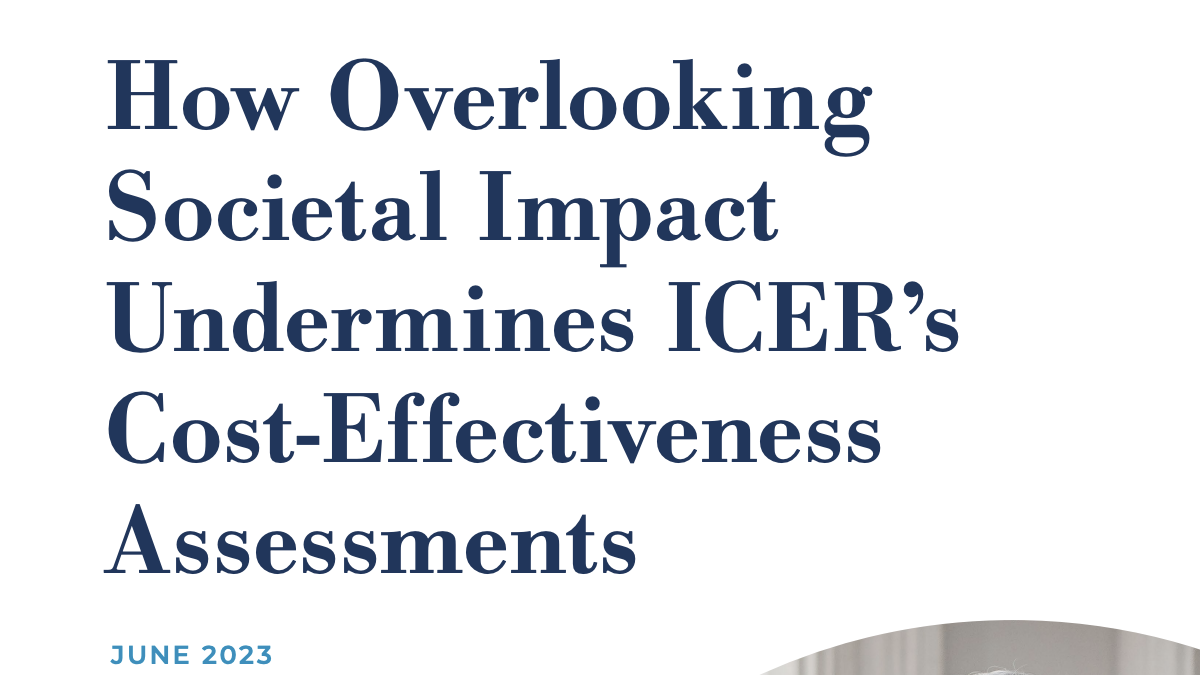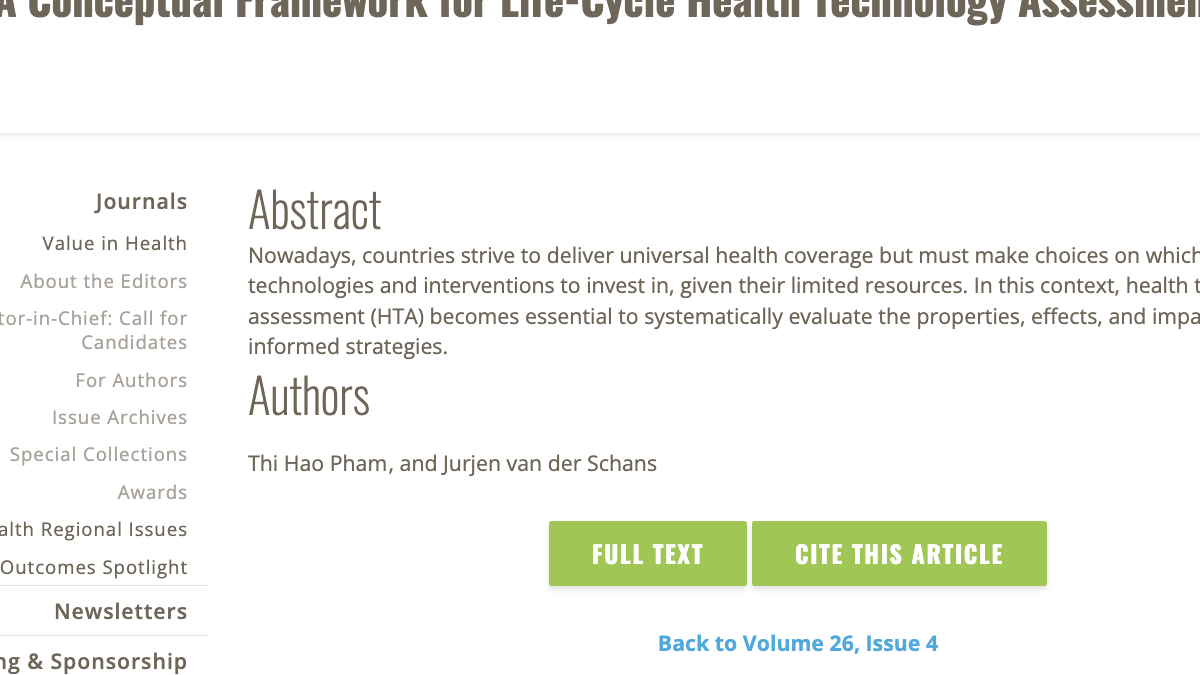By Dharmesh Patel, MD
When you or someone you love has a cardiovascular event, life gets real – fast. I’ve seen it with my own patients. The trivial day-to-day concerns evaporate as survival takes sole focus. Health is no longer an afterthought, but a priority.
I find it ironic, therefore, that the availability of new cardiovascular medications lies in the hands of people far removed from real heart patients’ problems. I’m speaking of the health economists at Boston’s Institute for Clinical and Economic Review. They are currently reviewing three new drugs to lower LDL cholesterol, and their review could inform whether health insurers make the medications accessible for patients.
Demonstrating an alarming disconnect from clinical experience, the economists have set up models that simply don’t reflect real life. For instance:
- The economists’ core evaluation, known as the “base case,” doesn’t even acknowledge the patients most in need of these new medications. I’m thinking of African Americans, who disproportionately shoulder the burden of cardiovascular disease. I’m thinking of patients who struggle with side effects from statins and desperately need alternative or add-on treatments. And then there are patients who already have succumbed to a heart attack or stroke and need help reaching aggressive LDL targets to stay safe.
- The economists make a completely unrealistic assumption that 100% of patients who take this medication will already be on the highest possible does of statins as well as an adjunct medication called ezetimibe. In the real world, it’s closer to 5%.
It’s also a set up for future access obstacles. I can easily see how insurers would seize ICER’s model to justify requiring patients to take ezetimibe before gaining access to newer, more targeted treatments. The result will be longer wait times for patients to get treatment that gets them to a safe LDL cholesterol level.
- The economists’ cost estimates are out of sync with real-world data. When ICER considers the financial impact of high cholesterol in its base case analysis, for example, it leaves out indirect costs. That means ignoring the $276 billion in lost productivity caused by cardiovascular disease. It also means ignoring the impact of premature death, long-term disability and a vast range of quality-of-life factors that matter to patients. What happens when patients whose preventive medication is delayed end up in the hospital after a heart attack or stroke?
Who can bring ICER back into the real world? In my humble opinion, health care providers. Perhaps that’s why I, along with so many others, have taken the time to submit feedback to ICER on its draft evidence report.
For us, the issue is not just that ICER’s calculations defy real-world experience. It’s that, despite this fact, those findings may lead to access barriers for our patients including those most at-risk for cardiac events.
Waiting is a dangerous game for high-risk cardiovascular patients. So I urge ICER to take into consideration the input of physicians, along with other advocates, as their economists update the evidence report. Patients with an all-too-real risk of cardiovascular events are depending upon it.

Dharmesh Patel, MD, is a Mississippi cardiologist who serves as president of the Partnership to Advance Cardiovascular Health and is a member of the Alliance for Patient Access.




